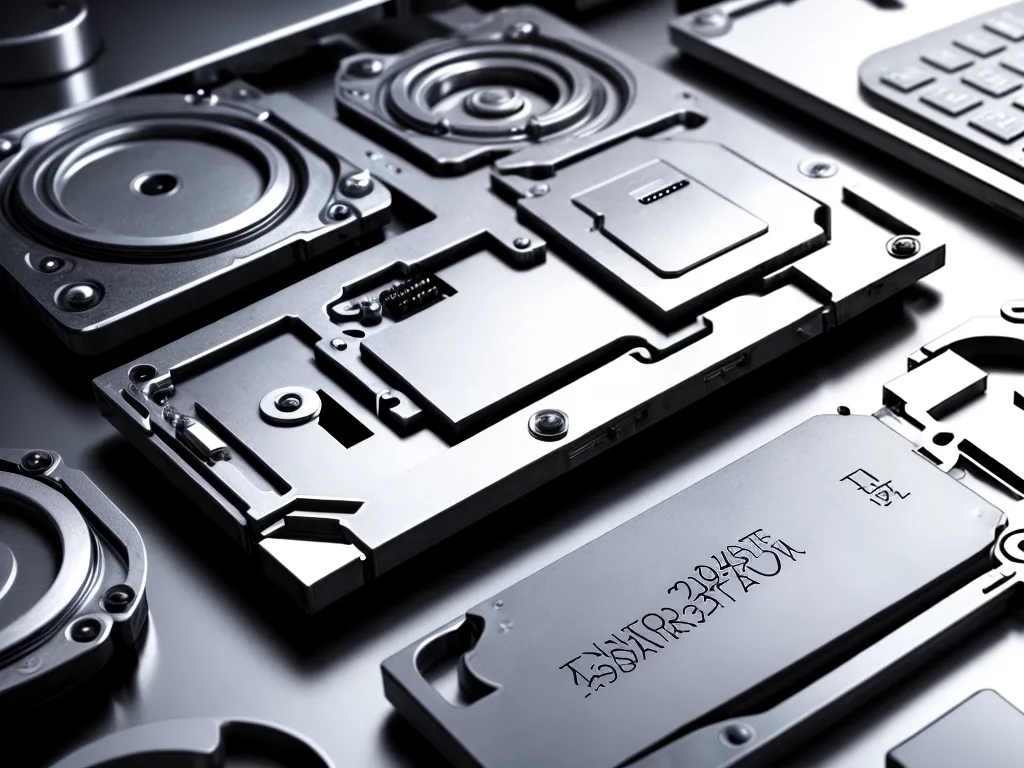
Introduction
Losing access to a hard drive partition can be scary, especially if that partition contains important personal data or work files. As we rely more and more on digital storage, a lost or corrupted partition could mean losing precious photos, documents, or other information.
The good news is that lost partitions can often be recovered with the right tools and techniques. In this article, I’ll walk through the common causes of partition loss, how to diagnose the problem, and the steps I would take to try to find and recover lost partition data in 2024.
Common Causes of Partition Loss
There are a few main reasons why someone might no longer be able to access a hard drive partition:
-
Accidental deletion – A partition might be deleted accidentally through disk management tools. This removes the partition data structure, making it invisible to the operating system.
-
Corruption – The partition’s file system or partition table can become corrupted through unexpected events like power outages, drive failures, or virus infections. This can make the data inaccessible.
-
Drive failures – Hard drives can suffer complete electrical or mechanical failure. This causes all data on them to be inaccessible.
-
Formatting – Reformatting a partition or drive overwrites the existing file system, erasing all data in the process.
Diagnosing The Issue
When a partition seems to be “missing”, the first steps are to diagnose the exact problem and look for clues to the cause:
-
Run disk management – Look in Windows Disk Management or a Linux tool like gparted to see if the partition is listed. An accidently deleted partition will be missing entirely here.
-
Check Drive Properties – View the full hard drive properties to see if its full capacity displays properly. A missing partition will make it appear smaller.
-
Scan for errors – Use a tool like chkdsk or fsck to scan for file system errors on the drive. This might reveal corruption issues.
-
Review event logs – Check system event logs for disk errors that occurred around the time of partition loss. This can hint at a specific failure.
-
Consider recent changes – Think about any hardware/software changes made recently that could be related. Did you install a new hard drive or operating system?
Data Recovery Options
Once I’ve diagnosed the type of partition issue, I have several options for attempting recovery:
Scanning For Lost Partitions
If I suspect the partition was accidentally deleted or corrupted, my first step is scanning for lost partitions using recovery software like TestDisk. It can find partitions that were erased from the partition table and make them visible again.
I’ll connect the problematic drive to another computer and run TestDisk against it. With some luck, it will be able to find my “lost” partition and make it accessible.
Repairing The File System
For a corrupted partition that still shows up, I can try repairing the file system errors. On a Windows NTFS volume chkdsk /f can fix common corruption issues and recover data. For Linux ext4 volumes, fsck is the tool for checking and repairing errors.
This might recover access to a partition that suddenly became corrupted and refused to boot. Always backup data first before running repairs.
Extracting The Partition Data
If the partition file system is badly corrupted or the drive has failed entirely, I may need more advanced data recovery methods. This involves imaging the drive to extract the raw partition data for scanning.
Software like ddrescue can safely image failing drives. I can then scan this complete partition image with tools like R-Studio, Recovery Explorer, or GetDataBack to extract files. This is time-consuming but can recover data even from dying hard drives.
Contacting A Pro Service
For difficult mechanical failures or very valuable data, I would consider turning to a professional recovery service. They have specialized equipment and clean room facilities to physically repair and rebuild failing hard drives. The costs are high but can be worth it for irreplaceable data.
Preventing Future Partition Loss
Once my data is recovered, I’ll want to take steps to prevent future partition problems:
-
Have backups – Regularly back up important files and folders to another location. This gives copies if a partition is ever lost.
-
Check disk health – Monitor hard drives for growing errors and preemptively replace aging ones. Use tools like CrystalDiskInfo to watch for issues.
-
Verify data integrity – Use the chkdsk and fsck utilities periodically to check for file system corruption on partitions. Fix any found issues.
-
Handle drives safely – Always eject and disconnect external hard drives safely to avoid data damage. Don’t unplug drives during use.
-
Control disk changes – Carefully consider partitions and drive changes first. Don’t make alterations without understanding the risks and having backups.
Conclusion
Losing access to data due to a corrupted or missing partition can be scary. But in many cases, recovery is possible through partition scanning, file system repair, data extraction, and even professional recovery services. Following best practices for hard drive health and data backups will also help avoid potential disaster in the future. By understanding the tools and techniques available, one can approach lost partition problems in 2024 and beyond with confidence.












